

SEOUL
Stylist. Energetic. Surprising.
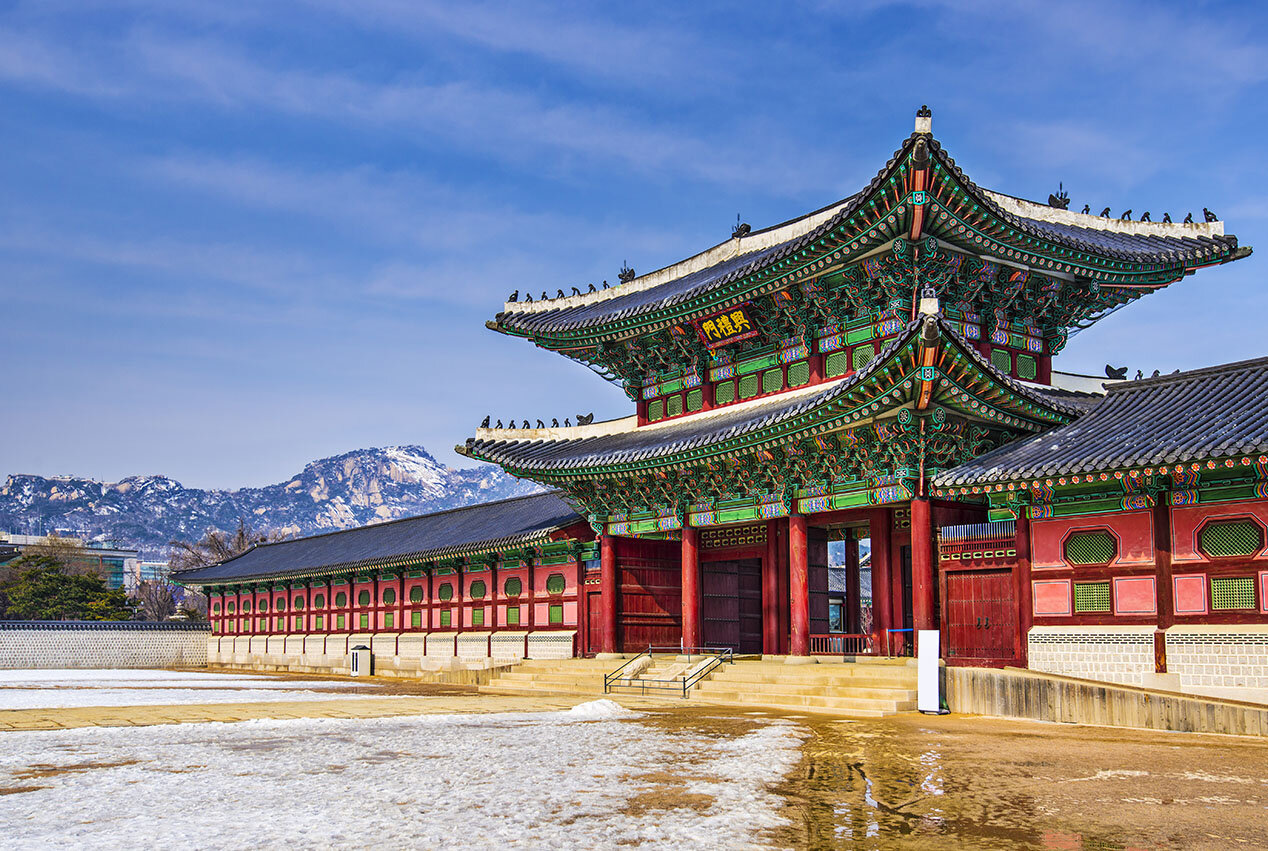
THE GYEONGBOKGUNG PALACE
This is the grandest and perhaps most beautiful palace in the country. It was built in 1395 and contains hundreds of halls and rooms. If possible, get there in time for the noon changing of the guard, a display of ancient pageantry that showcases the classical clothing and rituals that are at the heart of Korean culture. The rather quaint National Folk Museum is situated on the palace grounds. It displays 4,000 artifacts detailing Korean history and tradition.
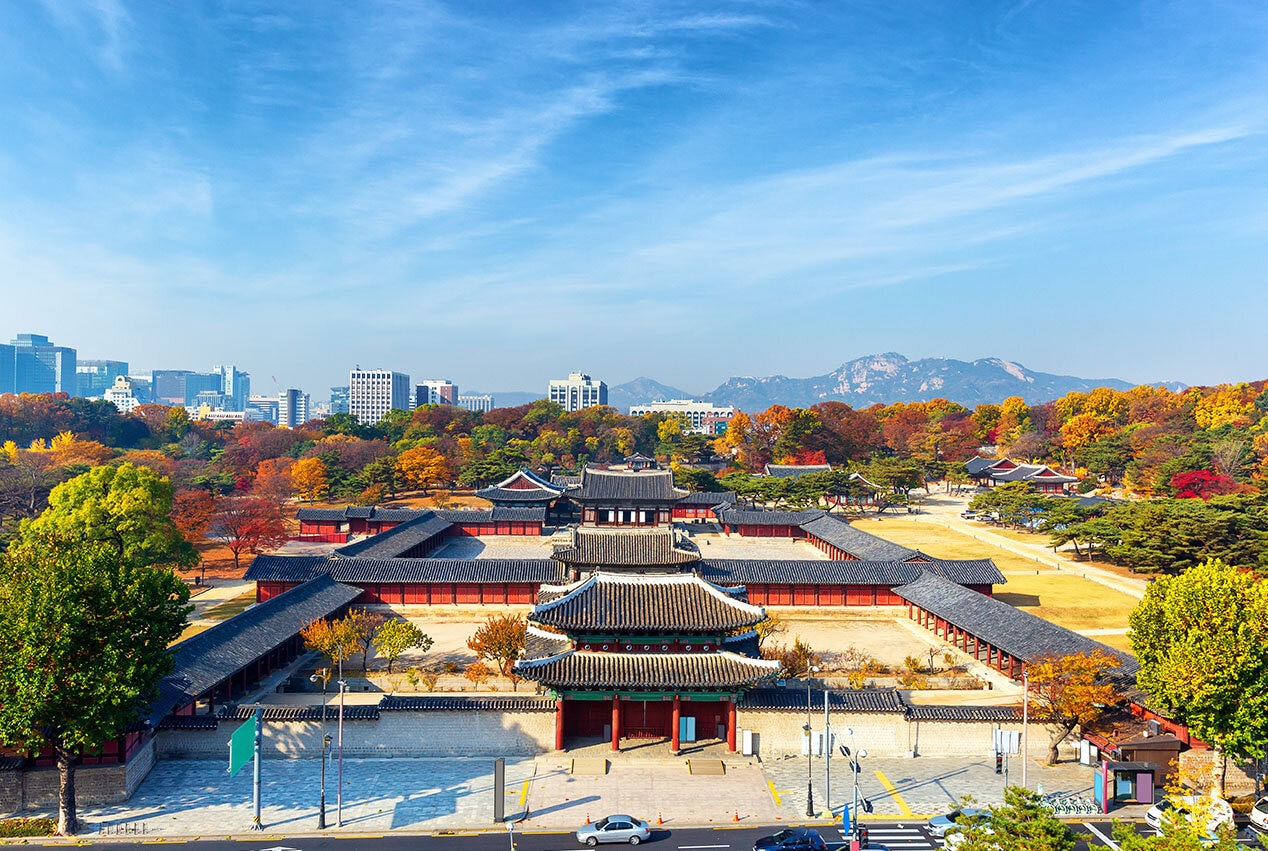
CHANGDEOKGUNG PALACE
The second of the five great palaces of the Joseon Dynasty (1392-1910), this was the principal residence of the Joseon kings from the 15th century onward. Awash in gorgeous, tranquil pavilions and lotus ponds, it was declared a UNESCO World Heritage in 1997.
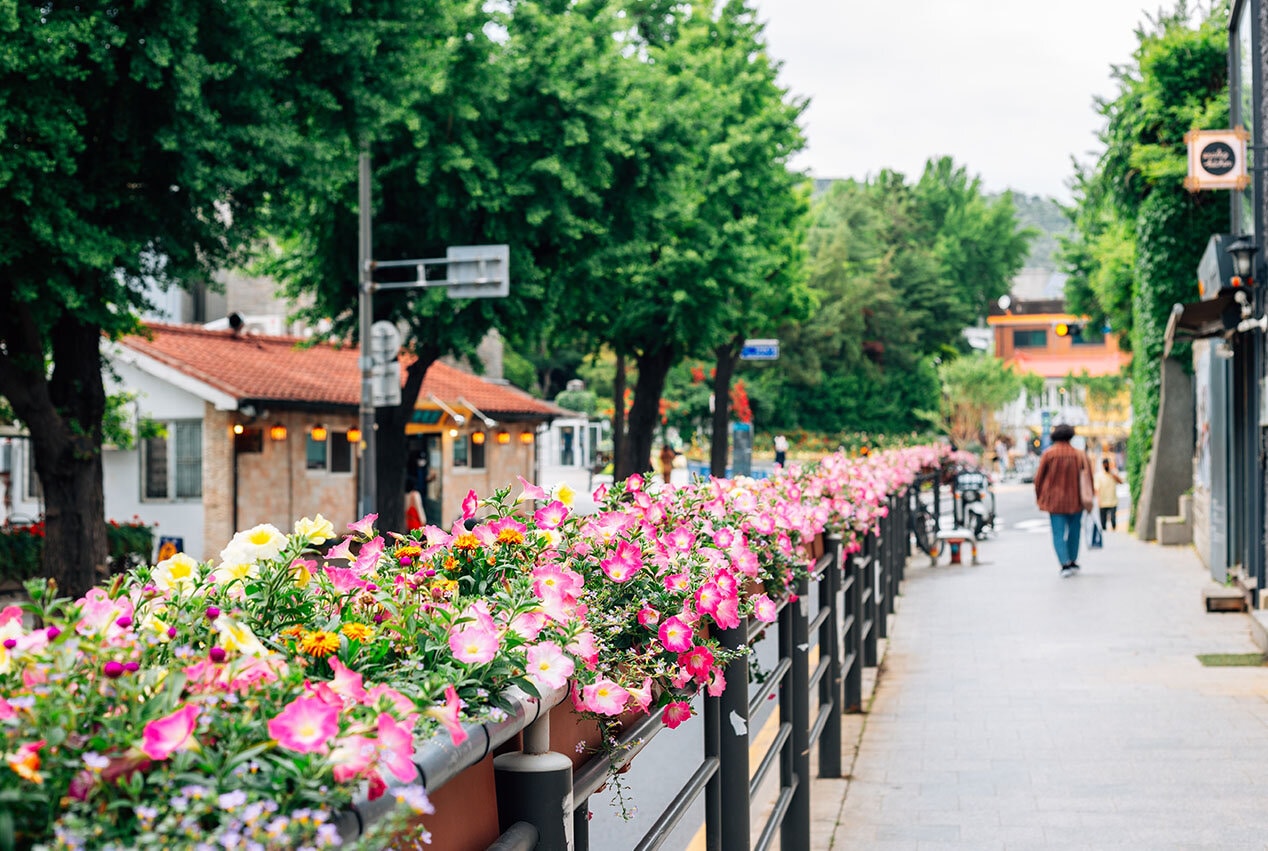
SAMCHEONG-DONG
This is a quaint neighborhood of traditional homes, small cafes and shops within walking distance of Gyeongbokgung. It is a nice place to wander and perhaps enjoy a bowl of patbingsu (shaved ice topped with sweet red bean paste, ice cream, condensed milk, rice cakes, and fruit).
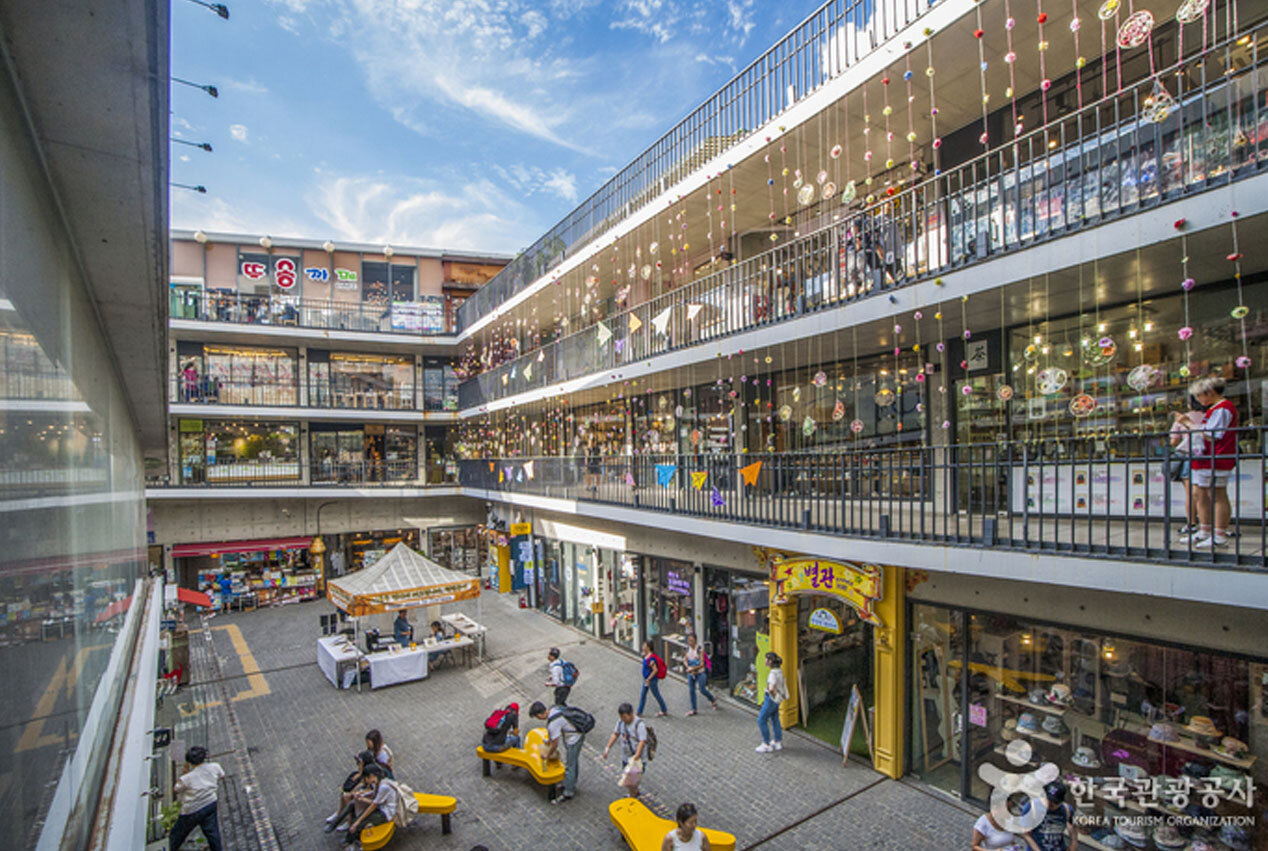
INSA-DONG
Traditional Korean arts and crafts, such as celadon pottery and ink drawings, are the main draw in Insa-dong, one of the city’s oldest areas. Browse through the volumes at Seoul’s oldest bookstore, sip tea in a Joseon-era tea house, enter an ancient Buddhist temple, and watch calligraphy demonstrations in this 500-year-old section of the city.
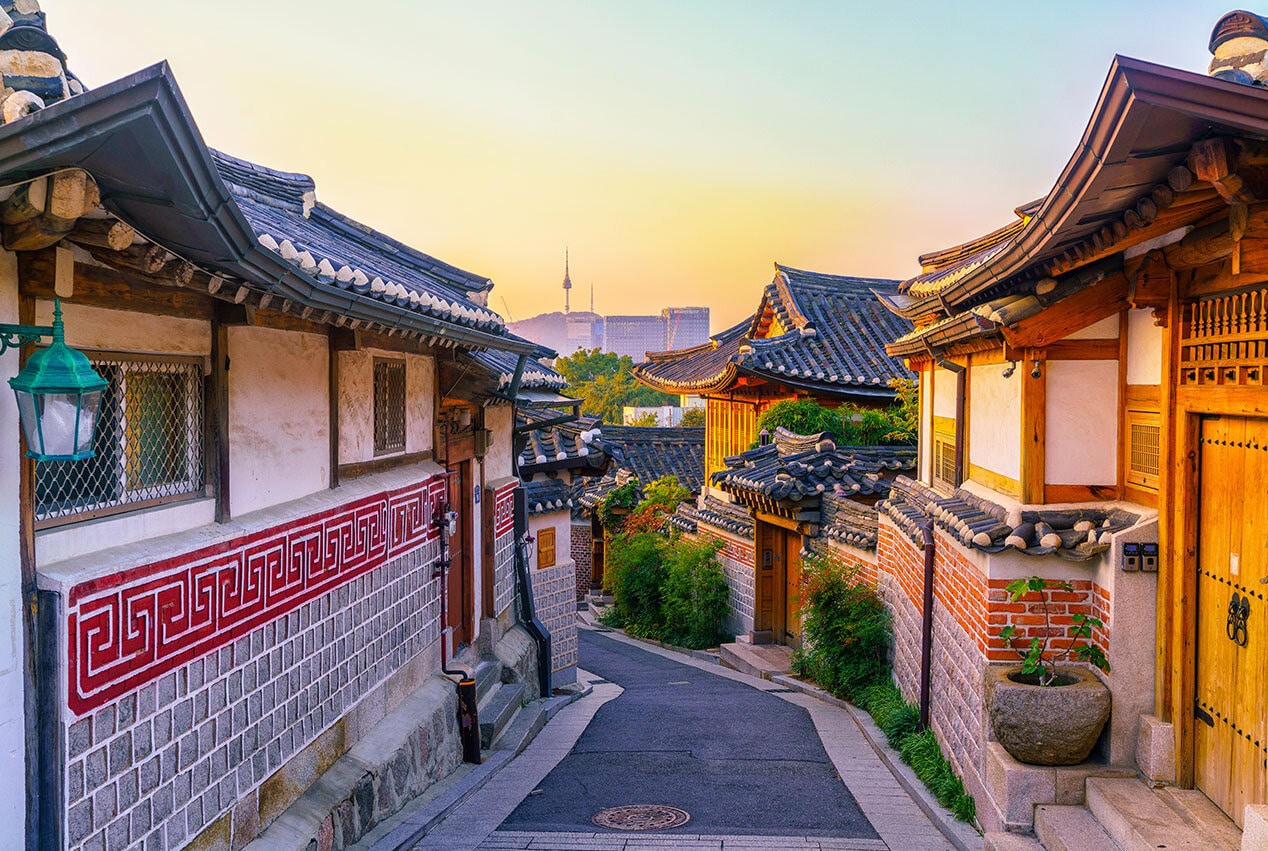
BUKCHON HANOK VILLAGE
An ancient aristocratic village, Bukchon is a collection of about 900hanok (traditional Korean homes), most of which are about 600 years old. The lovely winding alleys, swooping tiled roofs and intimate scale offer a glimpse into medieval Korean life. There is also a cultural center and hanok-style restaurant.
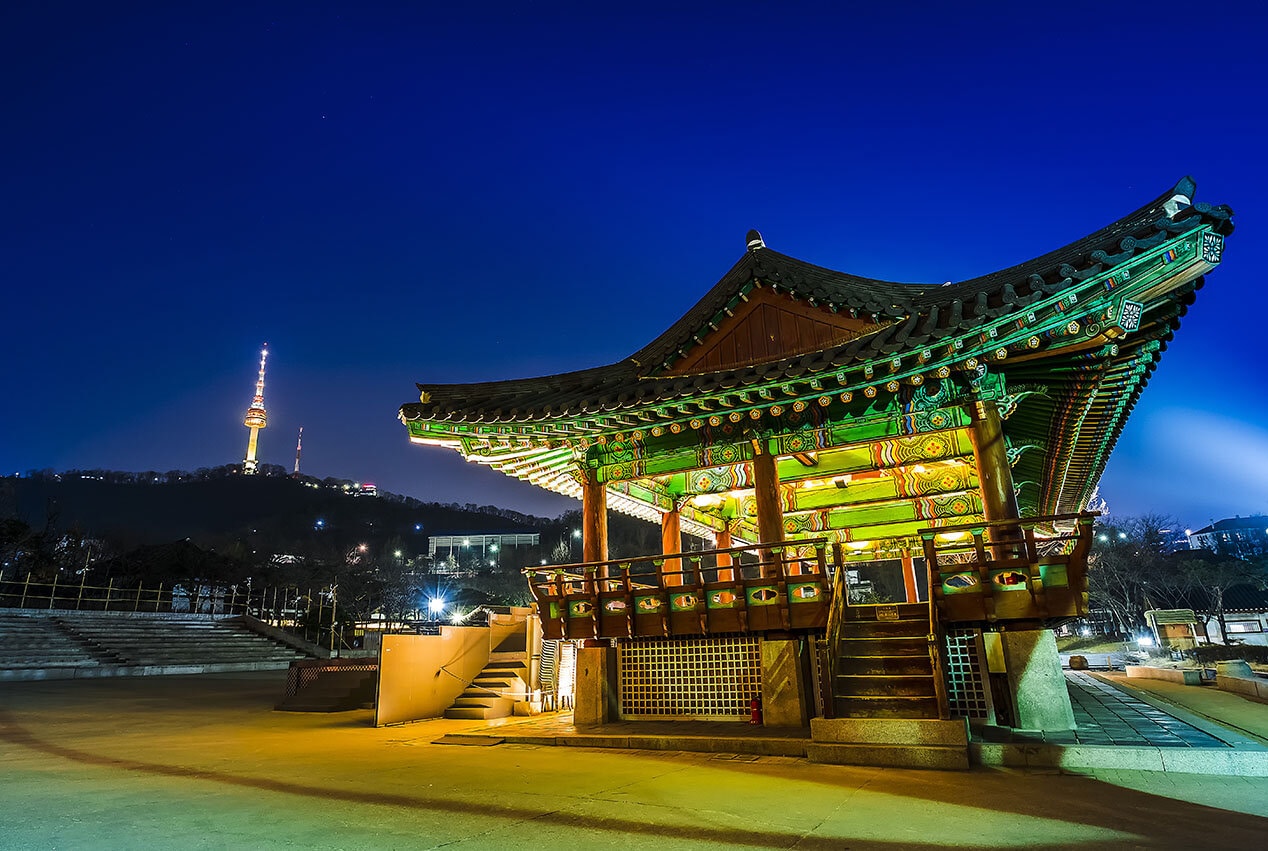
NAMSANGOL HANOK VILLAGE
Namsangol is another interesting hanok community. It consists of five traditional houses and a pavilion. Interactive displays make this a worthwhile stop. At night paper lanterns cast a beautiful glow.
sign up for our
Newsletter
Stay current with all the latest being offered from ATJ, as
well as updates on Asia Destinations.



















